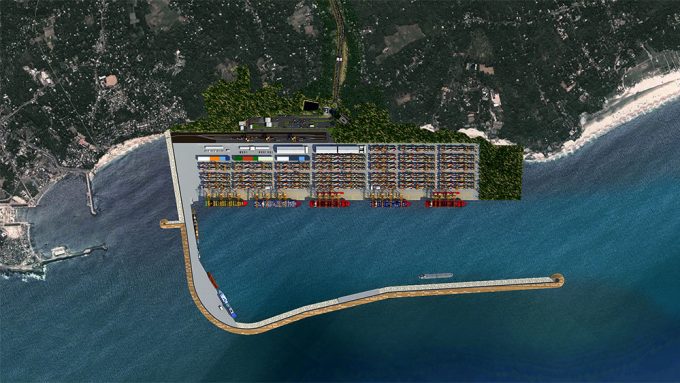Crew saved as MSC box ship, hit by 'monsoon' off Indian coast, sinks
Liberia-flagged container vessel MSC Elsa 3 capsized off India’s Cochin coast on Sunday, sparking serious ...

India’s ministry of shipping announcement that it is to partially relax its cabotage regulations have so far precluded foreign shipping lines for carrying cargo between Indian ports – yet the actual shape of the new regulations would suggest that it really doesn’t want any foreign-flagged ...

Comment on this article
Manoj
March 21, 2016 at 4:31 pmI may well be proved wrong – and if so , I would expect that to be in the north of the country at Mundra, where private operator Adani Ports and shipping line MSC are jointly developing a new 3.1m teu-capacity terminal that has been explicitly earmarked for transhipment operations. Whether it does so or not will depend on how the rules are interpreted – civil servants in the shipping ministry might claim that it would have to handle more than 1m teu in transhipment traffic within its first year of operations if it is to satisfy the 50% requirement.
Hello Gavin,
This interpretation of yours, I’m sorry to say, is off the mark. Because, the condition to attain half of the total container traffic as transhipment traffic to get the status of transhipment port and cabotage relaxation is port specific and not terminal specific.
So, even if the MSC-Adani new transhipment terminal manages to hit this half way mark, Mundra Port may not be able to apply for cabotage relaxation because there are 3-4 other terminals operating at Mundra and the transhipment volumes handled at the MSC-Adani terminal would be well below the combined volumes of all the facilities operating at Mundra. This again is specific to Mundra and J N Port that has multiple terminals unlike many other Indian ports that has only one or two terminals.
This is to put the rule in perspective
Best
Manoj